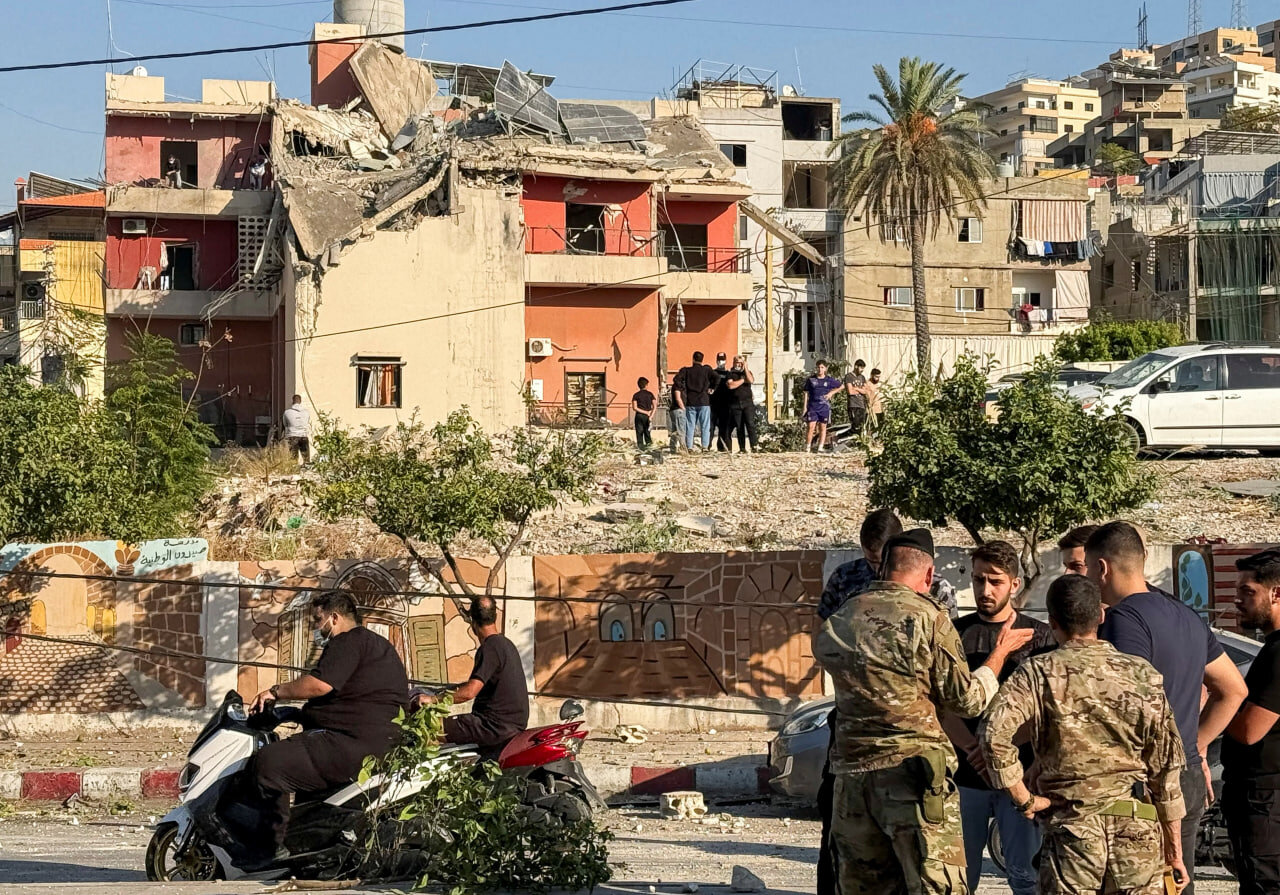How civilian resistance forced Israeli retreat from southern Lebanon

TEHRAN - In the annals of modern conflict, the Israeli withdrawal from southern Lebanon stands as a striking example of how unarmed civilian movements can disrupt even the most entrenched military occupations.
Despite repeated ceasefires and diplomatic pressure, Israel refused to retreat—until a grassroots civilian campaign, marked by mass marches and the return of displaced families to their villages, rendered its position untenable. This retreat was not merely a military setback for Israel but a psychological triumph for the resistance. It underscored a critical lesson in asymmetric warfare: victory often begins not on the battlefield, but in the mind.
Despite a U.S.-brokered ceasefire agreement mandating Israeli withdrawal from southern Lebanon by January 26, 2025, Israeli forces refused to fully retreat, maintaining a presence in over a dozen villages. This refusal ignited frustration among displaced residents, who organized protests to reclaim their villages. On January 26–27, Israeli troops killed 24 protesters and wounded over 130, escalating tensions and drawing international condemnation for breaching the ceasefire terms. Mass civilian protests erupted across southern Lebanon, with displaced residents, many accompanied by Lebanese army vehicles, attempting to return to their homes. Israeli forces responded with live fire, killing two and injuring 17 on January 27 alone, as demonstrators in villages like Odaisseh and Aitaroun faced gunfire and roadblocks. Hezbollah, framed the protests as defiance against Israeli occupation, while civilians like Mona Bazzi declared resilience: “Bullets don’t scare us.” The protests underscored a grassroots demand for sovereignty, even as Israel blamed Hezbollah for “inciting” unrest and fired shots at approaching crowds.
Israel’s refusal to comply with deadlines became a recurring theme, rooted in its belief that military dominance and geopolitical calculations would prevail. Despite international pressure, Israeli leaders insisted that withdrawal would only occur under “secure conditions,” effectively granting themselves veto power over any timeline. This intransigence reflected a confidence in conventional military logic: that superior firepower, surveillance, and fortified positions could indefinitely suppress resistance. However, this calculus ignored a critical variable—the agency of Lebanon’s civilian population.
On Sunday, January 26th, a civilian movement emerged. Displaced families from occupied villages began organizing marches, demanding the right to return home. These protests were not explicitly armed but carried profound symbolic weight. Thousands of Lebanese civilians flooded into the occupied zone. The images of unarmed civilians confronting occupation forces shattered Israel’s narrative of control.
This movement was revolutionary in its simplicity. Unlike traditional military operations, which Israel had prepared to counter, the civilian marches operated outside the framework of “war.” They weaponized visibility, exposing the moral bankruptcy of the occupation and stripping Israel of its pretexts for staying. The occupation’s infrastructure—checkpoints, fortifications—collapsed not under artillery fire, but under the weight of collective defiance.
Israel’s miscalculation lay in its narrow focus on military and guerrilla threats. It had anticipated Hezbollah’s tactics but failed to account for the power of civilian mobilization. In modern warfare, states often rely on predictive models: they assess an adversary’s capabilities, map probable responses, and plan accordingly. When Hezbollah engaged in guerrilla strikes, Israel adapted. But the civilian marches defied categorization. They were neither violent nor passive; they were a form of resistance that weaponized presence rather than weapons.
For an occupier, civilian noncompliance is a nightmare scenario. It denies legitimacy, complicates counterinsurgency, and attracts global scrutiny. By returning en masse, Lebanese civilians transformed the occupied territories from a “security zone” into a moral and logistical quagmire. Israel could not justify firing on unarmed crowds without risking international condemnation.
The withdrawal from Lebanon underscores a paradigm shift in conflict: the ascendancy of psychological and informational dimensions. Modern wars are often won not by overpowering an enemy materially but by outmaneuvering them cognitively. Israel’s occupation relied on a rigid playbook—deterrence through force, divide-and-rule tactics, and diplomatic stalling. The resistance, however, rewrote the script.
The Israeli withdrawal from Lebanon offers enduring lessons for asymmetrical conflicts. First, it demonstrates that civilian agency can alter the trajectory of wars, even against materially and technologically superior foes. Second, it reveals the limits of conventional military logic in the face of unpredictable, grassroots resistance. By acting outside Israel’s calculations—prioritizing visibility over violence—Lebanese civilians and the resistance movement achieved what cautious warfare alone could not.
Ultimately, this episode reaffirms that modern conflicts are as much contests of perception as they are of force. To prevail, resistance movements must innovate not just tactically but psychologically—crafting strategies that confound an adversary’s expectations. In southern Lebanon, the people’s refusal to surrender their right to return became the occupation’s undoing, proving that the most potent weapon in war is often the one the enemy never sees coming.
Leave a Comment